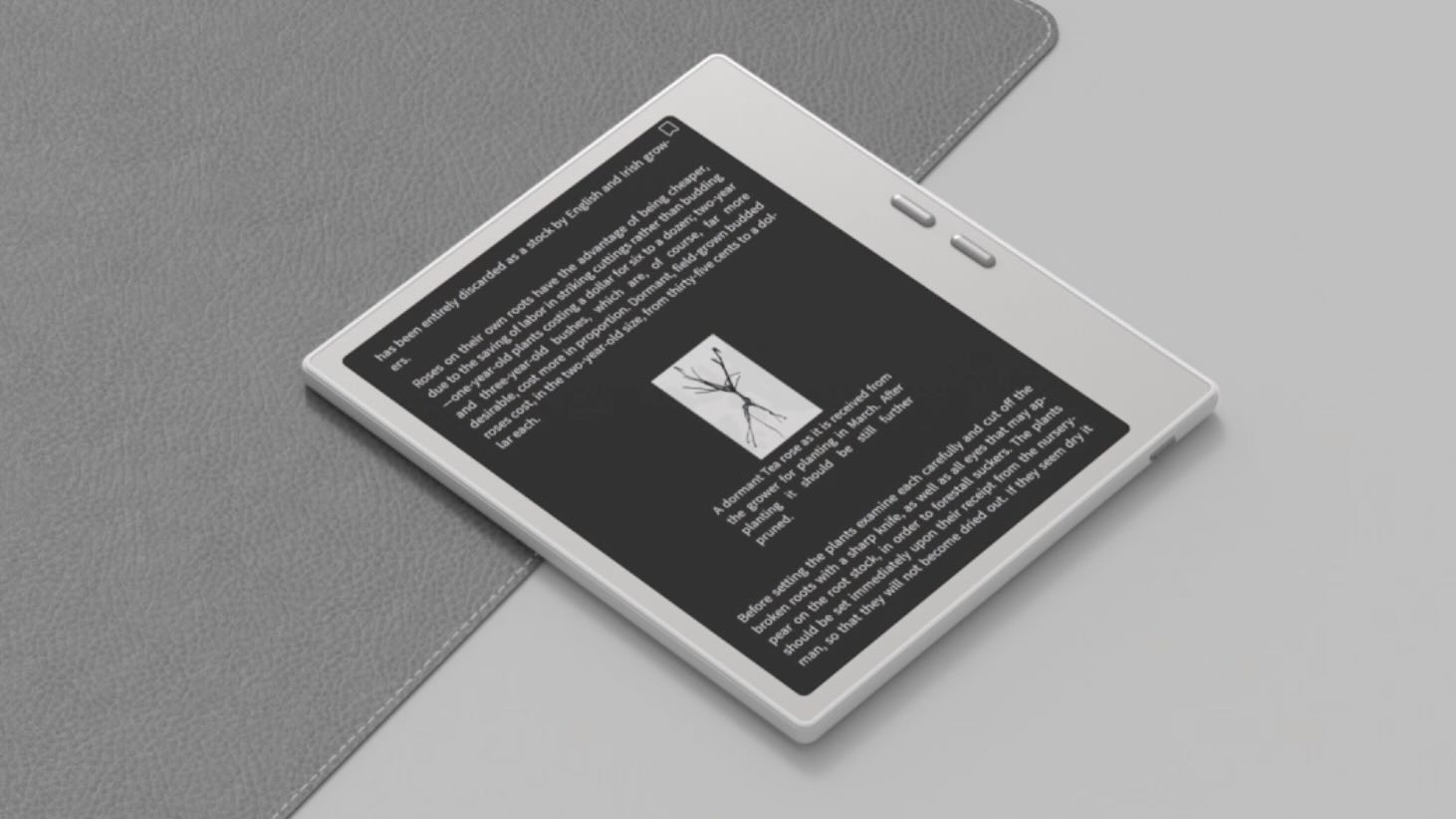Google’s Find My Device network is finally starting to close the gap with competitors, offering a notable performance boost for users tracking their lost items. According to Google, the crowdsourced system is now finding misplaced objects up to four times faster than when it originally launched, a necessary step for a platform that initially struggled to match the responsiveness of Apple’s Find My network or Samsung’s SmartThings Find.
When the Find My Device network first rolled out, it relied on nearby Android phones to detect Bluetooth trackers. However, early feedback pointed to inconsistent performance and noticeable delays. Google’s latest update suggests that several behind-the-scenes improvements have contributed to the recent speed gains. Specifically, tweaks to the system’s scanning algorithms and adjustments to how often Android devices search for trackers have significantly reduced location update times. These technical optimizations allow lost items to be found much more quickly through the app.
Another factor driving the speed increase is user engagement with privacy settings. By default, the network only searches in “high-traffic areas,” limiting its reach. However, following a campaign encouraging users to expand their search settings to “all areas,” Google has seen a broader data contribution across more locations. This shift has made the Find My Device network more effective, particularly in quieter environments where lost items might otherwise go undetected.
While this progress is meaningful, Google is still contending with formidable competition. Apple’s Find My ecosystem leverages an enormous pool of devices and Ultra-Wideband (UWB) technology for highly precise tracking with AirTags. Samsung’s SmartTags, backed by SmartThings Find, offer similar advantages. Google’s primary edge remains the sheer volume of Android devices globally, but performance and reliability are critical to maintaining that advantage. The recent 4x speed improvement shows a more serious commitment to making Android trackers a viable alternative.
Looking ahead, Google has confirmed that Ultra-Wideband support is on the horizon for the Find My Device network. UWB allows smartphones to deliver precise direction and distance to a lost item when nearby, making retrieval more intuitive. Currently, only the Moto Tag tracker supports UWB within the Android ecosystem, although many flagship Android phones—like the Pixel 6 Pro, 7 Pro, and 8 Pro—already include UWB chips. Enabling UWB across more devices and trackers could transform how users experience item tracking on Android, offering functionality closer to what Apple users have enjoyed with AirTags.
The upcoming integration of Ultra-Wideband, combined with the recent speed improvements, suggests that Google is steadily building a more competitive and reliable network. While real-world testing will ultimately determine its effectiveness, Android users now have stronger reasons to consider the Find My Device network a serious tool for keeping track of their keys, bags, and other essentials.







